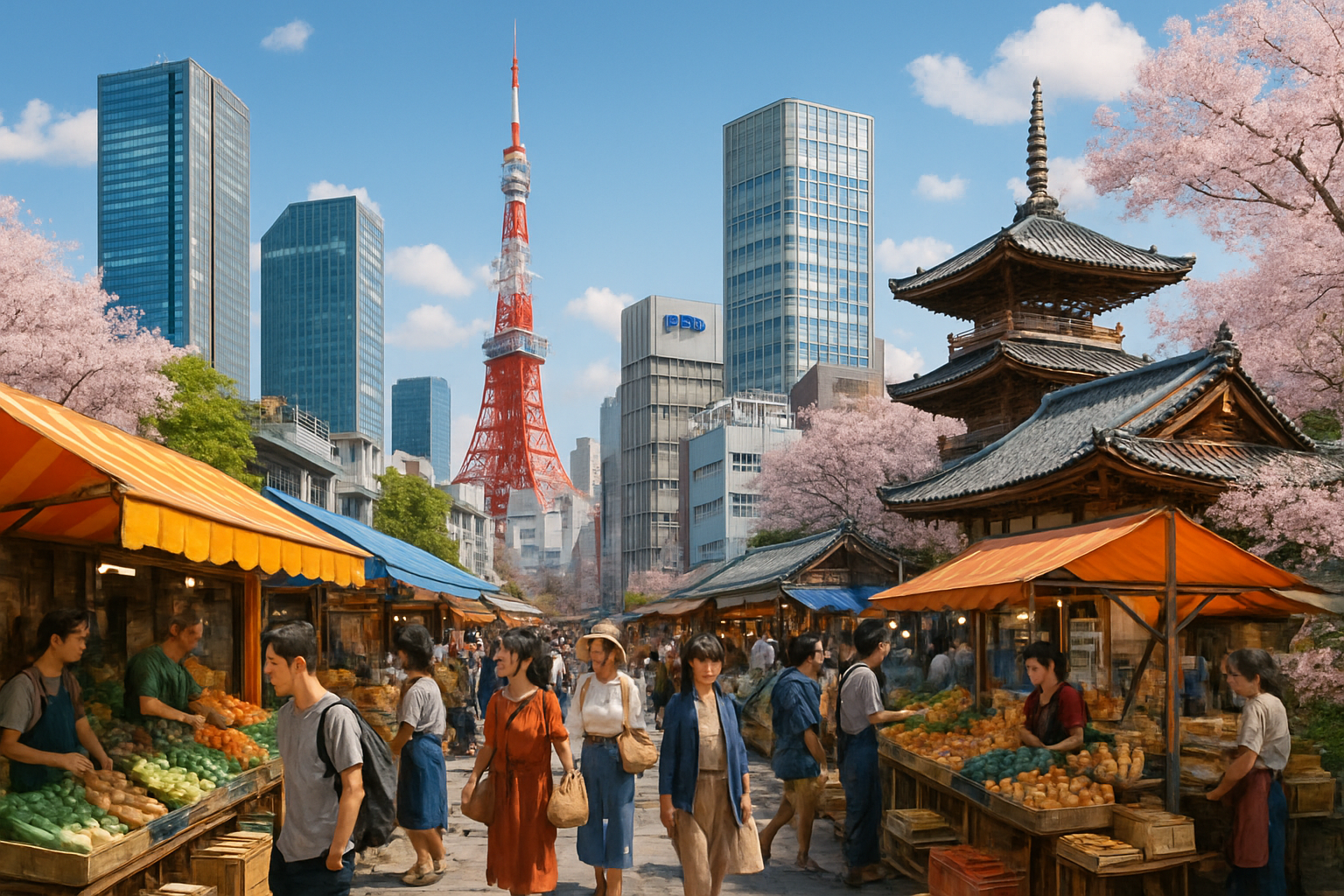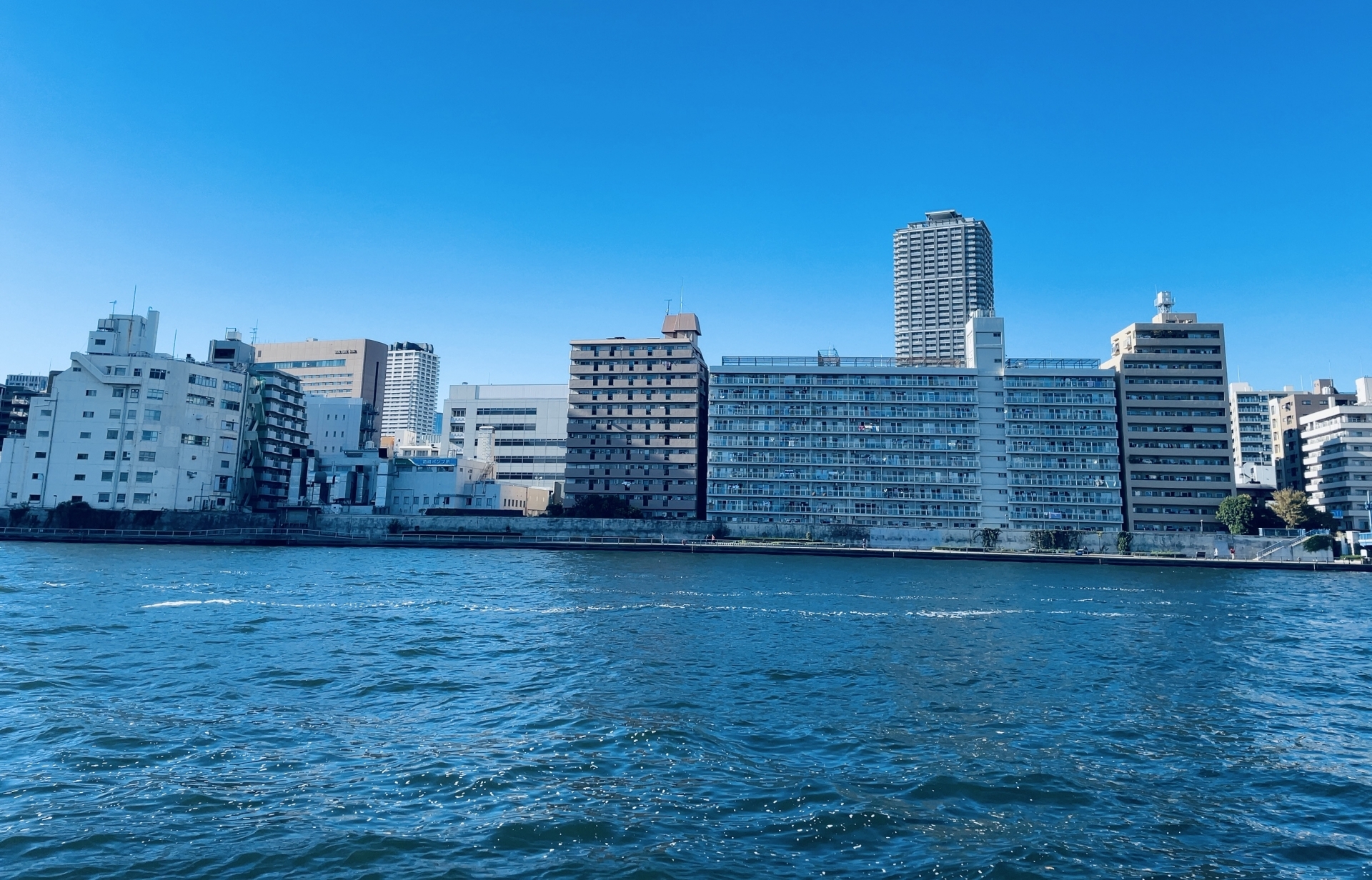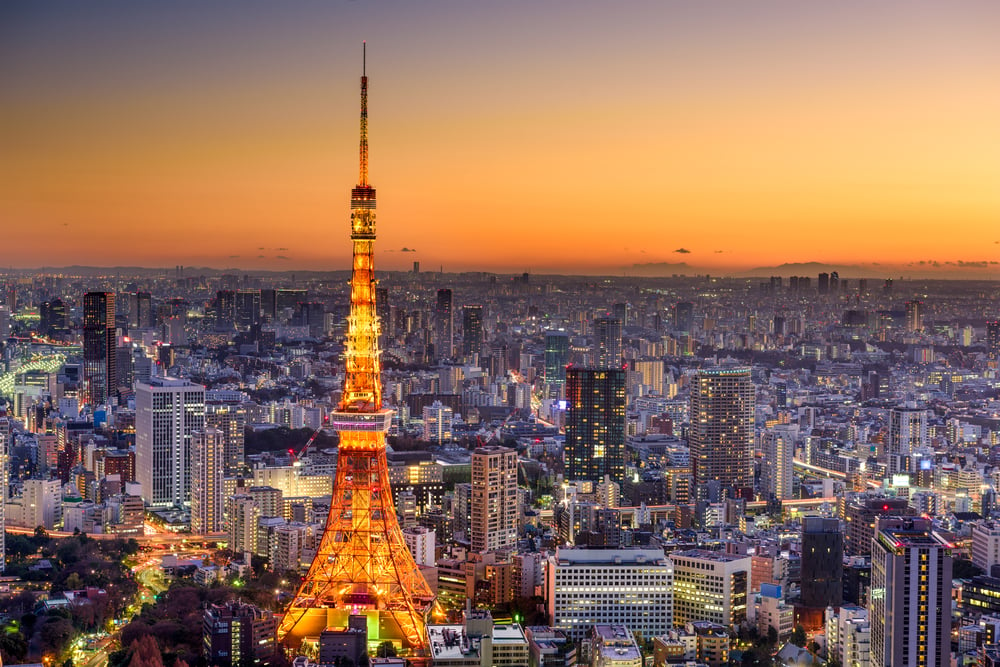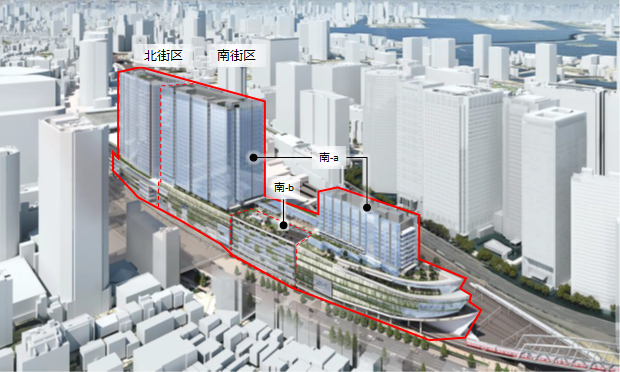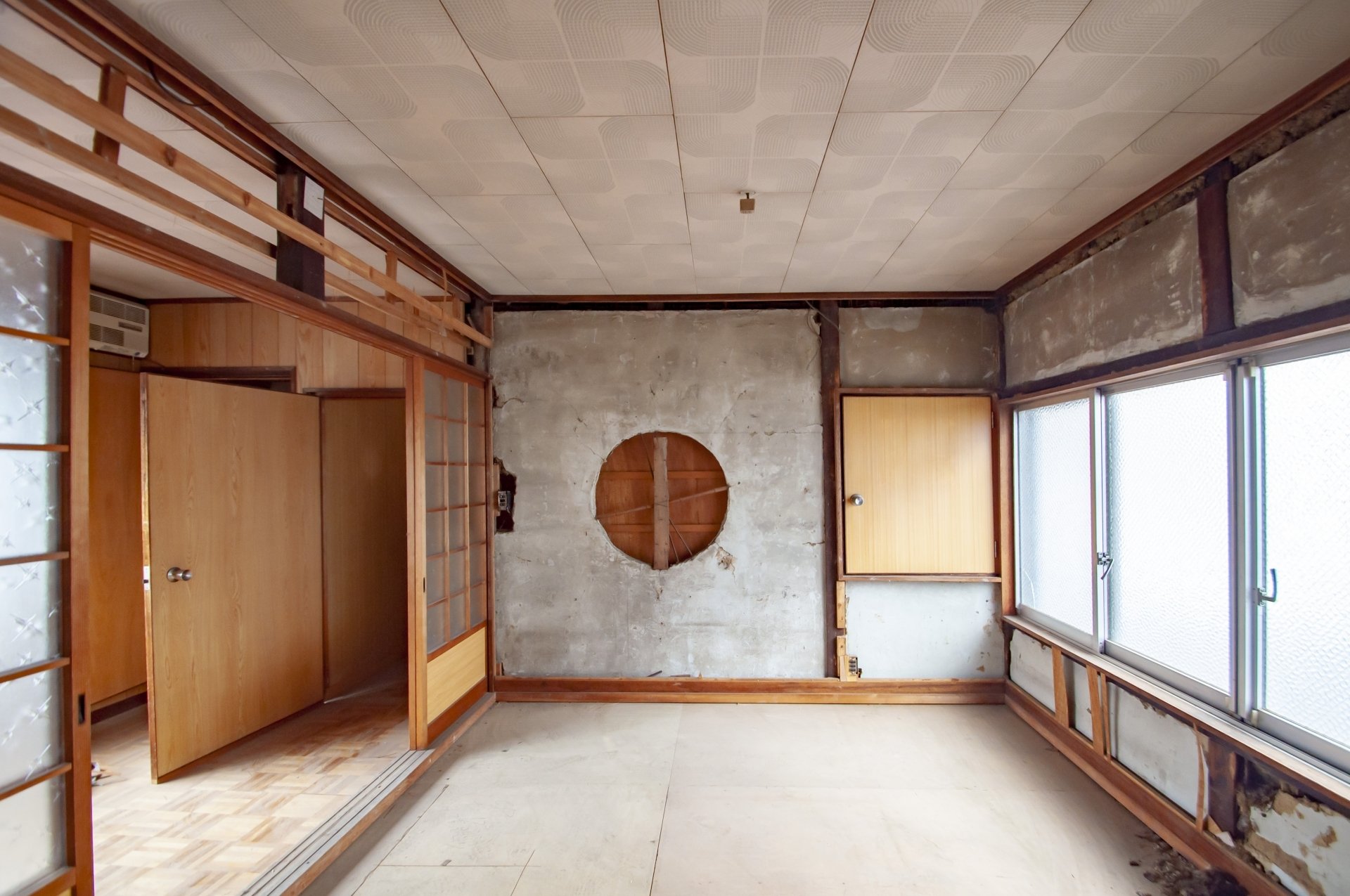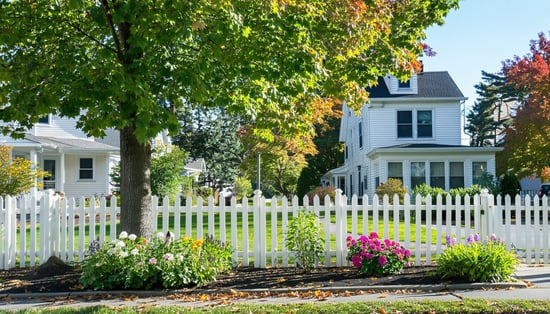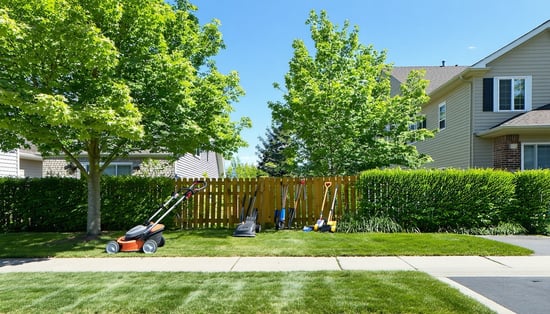Water heaters play a particularly important role among housing facilities and are indispensable to our daily lives. Although water heaters support comfortable living, such as daily bathing, washing dishes, and washing up, many people may have questions about how long they can be used and when it is time to replace them.
Having handled many properties over the years in the real estate industry, I can tell you that a proper understanding of the lifespan of water heaters is extremely important from the perspective of maintaining the asset value and safety of the home. Replacing a water heater at the appropriate time will not only avoid the disruption to your life caused by a sudden breakdown, but will also improve energy efficiency and ensure safety.
In this article, we use our knowledge as real estate experts to explain in simple terms how to determine the useful life of a water heater and when to replace it, as well as replacement costs and maintenance methods. Please use this information as a reference to grasp accurate information about the life expectancy of water heaters and make appropriate decisions.
Basic Knowledge of Water Heater Life Span and Service Life
What is the standard design service life?
The most important indicator of the service life of a water heater is the design standard service life. This is a standard usage period set by the manufacturer with safety in mind, and major manufacturers such as Rinnai and Noritsu have set a standard usage period of 10 years.
This 10-year period is calculated as the period during which the product can be used safely under standard conditions of use. Specifically, it is determined by comprehensively taking into account the frequency of use, installation environment, maintenance conditions, and other factors in a typical household.
It is important to note that although the product does not immediately become unusable after this period, the risk of component wear and electrical infrastructure failure increases with age. In fact, according to a survey by the National Institute of Technology and Evaluation (NITE), there were 435 accidents involving water heaters that had been in use for more than 10 years during the five-year period from 2012 to 2016, and inspection and replacement at the appropriate time is recommended from a safety perspective.
Differences from Legal Service Life
The life expectancy of water heaters is often confused with the statutory service life. The IRS defines the legal useful life of a water heater as 6 years, which is the standard for calculating depreciation for tax purposes.
This six-year period is only a provision of the tax law and differs significantly from the actual useful life of the equipment. The statutory useful life defines the depreciation period when a water heater is recorded as a business asset, and the actual use of the water heater in the home can be much longer than this period.
While it is important to understand this statutory useful life when investing in real estate or managing a rental property, it is appropriate to use the manufacturer's recommended 10-year period as a baseline when planning for actual replacement.
List of Water Heater Service Lifetimes by Type
The service life of different types of water heaters varies slightly. The table below summarizes the life expectancy of major water heater types.
| Water Heater Type | Service life | Features and Remarks |
|---|---|---|
| Gas water heater (general model) | Approx. 10 years | Most common type, can be used for 12-15 years depending on maintenance |
| Electric water heater | Approx. 10-15 years | Relatively long life due to no combustion parts |
| Oil water heater | Approx. 8-10 years | Can be extended to about 15 years with proper maintenance |
| Hybrid water heaters (Eco-Cute, etc.) | Approx. 10 years | High energy-saving performance, but complex structure with many electronic parts |
As can be seen from the table, electric water heaters tend to have a longer service life than other water heaters because they have no combustion parts. Oil water heaters, on the other hand, have a slightly shorter life span due to the structure of their combustion parts, but regular maintenance can extend their life.
It is important to note that these figures are only a guide, and the actual service life depends greatly on the operating environment, frequency of use, and maintenance conditions. In particular, water heaters installed in areas with extreme temperature fluctuations or in areas with strong sunlight are more likely to accumulate damage to the inside of the equipment and piping, and may reach the end of their service life earlier than average.
Factors Affecting Water Heater Lifespan
Effects of Operating Environment
One of the most significant factors affecting the lifespan of a water heater is the environment in which it is installed. Based on our experience with many water heaters in the real estate field, we have found that the life of the same product can vary greatly depending on the conditions of the installation site.
Outdoor installations are directly exposed to the natural environment, including direct sunlight, rain, wind, and temperature changes, which places a greater load on the exterior and internal components of the equipment. In particular, high temperatures in summer and low temperatures in winter cause repeated expansion and contraction of metal parts, resulting in loosening and cracking of connections. In addition, in coastal areas, corrosion due to salt damage tends to progress easily, requiring replacement earlier than usual in many cases.
Even in indoor installations, inadequate ventilation or humid environments can accelerate the deterioration of internal components. Water heaters installed near bathrooms are particularly susceptible to moisture, which increases the risk of failure of electronic components.
When choosing an installation location, avoiding direct sunlight and choosing a location that ensures adequate ventilation will help extend the life of the water heater. While it is often difficult to change the existing installation location, installing sunshades and cleaning the surrounding area regularly will minimize the environmental impact.
Frequency of Use and Family Structure
The service life of a water heater depends largely on how often it is used. In general, the larger the family size, the longer the water heater will run, and the faster the parts will wear out.
Single-person households use relatively little hot water per day, and the load on the water heater is light. Under these conditions, it is not uncommon for the water heater to last 12-15 years, exceeding the manufacturer's recommendation of 10 years.
For households of four or more, the load on the heat exchanger and combustion components is greater because the water heater operates intensively during the morning and evening usage periods. In particular, the circulation pump and heat exchanger tend to deteriorate more quickly in households that frequently use the reheat function.
Usage patterns are another important factor. The load on the water heater differs between using a large amount of hot water in a short period of time and using a small amount over a long period of time. In general, usage patterns that involve rapid temperature changes place a greater burden on the equipment and shorten its service life.
Importance of Maintenance
Proper maintenance is the most effective way to significantly extend the life of a water heater. Regular inspection and cleaning will help detect minor problems early and prevent major breakdowns.
Routine maintenance includes cleaning the area around the water heater, checking the exhaust vents, and checking for unusual noises or odors. In particular, leaves and debris clogging the exhaust vents can cause incomplete combustion, which can lead to serious safety issues.
It is recommended that periodic inspections be conducted by a professional contractor approximately 10 years after manufacture for residential products and 3 years for commercial products. Inspections include checking combustion conditions, cleaning heat exchangers, and checking the operation of safety devices to detect potential problems at an early stage.
Inspections generally cost between 10,000 and 30,000 yen, but if this investment extends the life of the water heater by several years, it is very economical compared to the cost of replacement (150,000-200,000 yen). In addition, maintaining energy-saving performance through periodic inspections can be expected to reduce utility costs.
If maintenance is neglected, there are many cases where water heaters that are originally designed to last 10 years break down after 7-8 years. Conversely, there are many examples of water heaters that have been safely used for 15 years or more with proper ongoing maintenance. If you take a long-term view of your investment in water heaters, regular maintenance is an essential part of the process.
Signs to know when it is time to replace your water heater
List of Signs and Symptoms of Failure
To properly determine when to replace a water heater, it is important to properly understand the symptoms that are precursors to failure. The following table summarizes the major symptoms, their causes, and the degree of urgency.
| Symptom | Cause | Severity | Solution |
|---|---|---|---|
| Noise (bong or squeal) | Worn internal parts, combustion failure | Medium | Inspection by a specialist |
| Hot water temperature is unstable | Deterioration of heat exchanger, failure of control board | Medium | Consider repair or replacement |
| Water leakage (pipe connection, lower part of main unit) | Damage to piping, deterioration of packing | High | Immediately stop use and contact a contractor |
| Gas smell | Gas leak, incomplete combustion | Highest | Immediately stop use, contact gas company |
| Hard to ignite, no ignition | Ignition device failure, gas supply problem | Medium | Diagnosis by a specialist |
| Error display on remote control | Abnormality of various sensors, control system failure | Medium to high | Check error code and contact contractor |
| Decreased hot water supply | Clogged heat exchanger, pump deterioration | Low to medium | Cleaning or maintenance |
| Rapid increase in utility costs | Decrease in thermal efficiency, deterioration of combustion efficiency | Low | Check usage, measure efficiency |
Of these symptoms, the one that requires special attention is the gas odor. If this symptom appears, the use of the water heater should be stopped immediately and the gas company should be contacted. Gas leaks and incomplete combustion can lead to carbon monoxide poisoning and explosions, which are serious life-threatening hazards.
Dangerous Symptoms and Remedies
Among water heater malfunctions, safety-related symptoms in particular require prompt and appropriate action.
In addition to the smell of gas, other signs of a gas leak include the following If you see plants dying, insects dying, or soil rising up around the water heater, there is a possibility of an underground gas leak. In such cases, do not use any fire and contact the gas company while ventilating the area.
Symptoms of incomplete combustion include a yellow flame (normal is a blue flame), soot, and a foul odor. Incomplete combustion produces carbon monoxide, which can cause poisoning symptoms without your knowledge. If symptoms such as headache, dizziness, or nausea appear when using the water heater, suspect incomplete combustion and discontinue use immediately.
Water leakage should not be judged as mere condensation , but if water drips continuously, a broken pipe should be suspected. Water leakage can affect the electrical system and cause damage to the building, so immediate action is required.
Criteria for determining whether to repair or replace
The most difficult decision to make when a water heater malfunctions is whether to repair or replace it. In making this decision, it is important to consider both economic efficiency and safety.
From an economic standpoint , if a water heater that has been in use for more than eight years fails, it is recommended that replacement be considered rather than repair. This is because, with water heaters older than eight years, repairing one component is likely to result in a chain reaction of failures in other components, resulting in higher repair costs.
Estimated repair costs range from 10,000 to 30,000 yen for minor parts replacement and 50,000 to 100,000 yen for heat exchanger replacement. Considering that the cost of replacing a new water heater is approximately 150,000-200,000 yen, it is more economical to consider replacement if the repair cost exceeds 100,000 yen.
From a safety perspective, replacement is strongly recommended over repair for water heaters over 10 years old. Even if repairs temporarily restore the functionality of older water heaters, the risk of unexpected accidents increases due to deterioration of safety devices and instability in the control system.
Availability of parts is another important factor to consider. For models that have been discontinued for more than 10 years, replacement parts may be difficult to obtain. If parts are not available, repair itself becomes impossible, and replacement is inevitable.
Improved energy efficiency is another reason to consider replacement; it is not uncommon to see a 20-30% difference in energy efficiency between a 10-year-old water heater and the latest model. A household with an annual gas bill of ¥50,000 can expect to save ¥10-15,000 per year in utility costs by replacing their water heater with a new one, resulting in a savings of ¥100,000-150,000 over 10 years. This savings can offset a portion of the replacement cost, resulting in significant economic benefits.
Water Heater Replacement Costs
Replacement Cost Rates by Function
Water heater replacement costs vary widely by function and performance, and the table below provides cost estimates based on the most recent market research for 2024-2025.
| Function/Type | Cost (including installation) | Features and Remarks |
|---|---|---|
| Dedicated hot-water supply (No. 16) | 52,000-80,000 yen | Basic functions only, for single or two-person households |
| Dedicated hot-water supply (No. 20) | 60,000 - 90,000 yen | For general households |
| Dedicated hot-water supply (No. 24) | 70,000-100,000 yen | For large families, compatible with simultaneous use |
| Hot water supply + reheating (No. 20) | 97,000-150,000 yen | Most common choice |
| Hot water supply + reheating (No. 24) | 110,000-170,000 yen | Oita-firing for large families |
| Eco-Jozu (No. 20) | 118,000 - 200,000 yen | Energy-saving type, reduced running costs |
| Eco-Jozu (No. 24) | 130,000 - 220,000 yen | High efficiency, large capacity type |
| With reheating + heating function | 150,000-260,000 yen | Floor heating compatible, high-function type |
| Hybrid water heater | 200,000-350,000 yen | Equipped with the latest energy-saving technology |
As you can see from the table, the price increases as the unit number ( hot-water capacity) increases, and the more functions it has , the higher the cost. For a typical family of four, a No. 20 model with hot-water supply and reheating function is most suitable, with the cost ranging from ¥100,000 to ¥150,000.
Although the initial cost of Eco-Jozu is higher than that of a conventional type, it is more economical in the long run when considering annual running costs, as it reduces gas consumption by about 15-20%. A household with an annual gas bill of 60,000 yen can expect to save about 10,000 yen per year with Eco-Jozu, resulting in a utility cost reduction of about 100,000 yen over 10 years.
Breakdown of Construction Costs
The total cost of replacing a water heater can be divided into the price of the main unit and the installation cost. Understanding the breakdown of installation costs will enable you to replace the water heater at a reasonable price.
The basic installation cost ( 30,000-60,000 yen) includes the following The basic installation cost (30,000-60,000 yen) includes the following: removal of the existing water heater, installation of the new water heater, connection of gas lines, connection of water supply and hot water lines, connection of electrical wiring, test run and operation check, and disposal of the existing equipment.
In cases where additional work is required, additional costs will be incurred. These include extending or changing piping (10,000-30,000 yen), electrical work (adding outlets, etc., 10,000-20,000 yen), replacing or extending exhaust stacks (10,000-20,000 yen), replacing or reinforcing installation bases (10,000-30,000 yen), and repairing or painting walls (10,000-20,000 yen).
In particular, when replacing an old water heater, it is often necessary to change the piping standards or reinforce the installation location, so an additional 50,000-100,000 yen should be expected as an additional construction cost.
Replacing the remote control is another important factor. If the existing remote control is not compatible with the new water heater, the remote control will need to be replaced (20,000-50,000 yen). The latest remote controls offer greatly improved convenience, such as energy-saving operation settings and a failure diagnosis function, so we recommend that you consider replacing the remote control at the same time.
Key Points to Reduce Costs
There are several important points to keep water heater replacement costs down.
The basic rule of thumb for selecting a contractor is to obtain quotes from multiple contractors. It is not uncommon to see a 10-20% price difference between contractors for the same model. However, be wary of extremely low quotes, and it is important to fully check the quality of the work and warranty.
Replacing the water heater at the appropriate time will also reduce costs. Emergency replacement after a water heater has completely failed will limit your choices of contractors, and you are likely to pay a premium for the replacement. By systematically replacing a water heater at the first sign of failure, you will have more time to compare multiple suppliers.
The use of subsidy programs should not be overlooked. Some municipalities offer subsidies for the installation of energy-efficient water heaters. High-efficiency water heaters such as Eco-Jozu and Eco-Cute may be eligible for subsidies of 50,000-100,000 yen, which can significantly reduce the actual cost of ownership.
It is also important to avoid excessive features by optimizing model selection. Selecting the right number of units and functions for your family structure and usage patterns can reduce unnecessary costs. For example, for a two-person household, a No. 16 is sufficient, and there is no need to select No. 24.
Utilization of existing facilities is another key to cost reduction. If piping and electrical equipment are compatible with the new water heater, these can be diverted to reduce construction costs. It is important to confirm the condition of the existing equipment in a preliminary site survey and clarify the parts that can be utilized.
In some cases, choosing a manufacturer's out-of-model product can reduce the price by 20-30%. In many cases, the difference in functionality between the newest model and a discontinued model is minimal, making it an effective option if cost performance is important.
How to maintain your water heater to prolong its life
Routine care
Daily care is essential to maximize the life of your water heater. With proper maintenance, the standard 10-year service life can be extended to 12-15 years.
Exterior cleaning is the most basic maintenance. Dust and dirt on the exterior of the water heater reduces heat dissipation efficiency and increases internal temperatures. Once a month or so, wipe the exterior with a dry cloth to remove dust around the vents. It is important to avoid direct application of water, and if a damp cloth is used, it should be done with the power turned off.
Inspection of the exhaust vent is another important daily inspection item. If the exhaust vent is clogged with fallen leaves, bird nests, or debris, it can cause incomplete combustion due to poor exhaust. Especially during the fall season, when leaves frequently become clogged, it is advisable to inspect the exhaust vent about once a week. It is normal for white smoke (steam) to come out of the exhaust port, but if black smoke or a strange odor is noticed, stop use immediately and contact a specialist.
Checking around the piping area Now , check for water leakage. Periodically check for water droplets on the bottom of the water heater unit and at the piping connections. Water droplets due to condensation are normal, but if water drips continuously, damage to the piping should be suspected.
Checking the operation of the remote control is another item that should be included in the daily inspection. Periodically check for changes in temperature settings, operation and shutdown, and the presence or absence of error indications, and take early action to prevent major breakdowns if abnormalities are found.
Importance of Periodic Inspections
Periodic inspections by a professional contractor are essential for maintaining the safety and performance of water heaters. It is recommended that inspections be performed approximately 10 years after manufacture for residential products and 3 years for commercial products.
The inspection includes the following items Checking the combustion state: Check the color and shape of the flame, combustion noise, etc., to confirm that combustion is normal. Cleaning of the heat exchanger to remove soot and dirt accumulated inside to maintain thermal efficiency. Operation of safety devices is checked to ensure safety by checking the operation of the overheat prevention device, burnout safety device, exhaust blockage detection device, and other safety devices.
Piping system inspections check for leaks and connections of gas, water, and hot water pipes . In the electrical system inspection, we check the status of control boards, sensors, and wiring to detect electrical problems at an early stage.
The inspection cost generally ranges from 10,000 to 30,000 yen, but this investment provides the following benefits Early detection of malfunctions avoids large-scale repairs. Regular cleaning maintains energy-saving performance. Minimize the risk of accidents by checking safety devices. Proper maintenance extends the life of the water heater.
It is also important to keep inspection records. By keeping records of inspection results, you will be able to identify changes in the condition of your water heater and determine when it is appropriate to replace it.
Seasonal Considerations
Seasonal maintenance of water heaters requires specific precautions for each season.
Winter freezing is the most important seasonal response. In areas where temperatures drop below freezing, water in pipes can freeze and cause pipes to burst. To prevent freezing, it is important not to turn off the power to the water heater so that the built-in freeze-prevention heater will operate properly. If the water heater will not be used for a long period of time, perform the "draining" operation to drain the water in the pipes.
You should also understand what to do in the event of a freeze. If there is no hot water when you turn on the faucet, there is a possibility of freezing. In this case, wait for the water to thaw naturally or wrap a towel around the pipes and pour warm water over them. Avoid pouring boiling water on the pipes as it may cause them to rupture.
In summer, it is important to minimize the effects of direct sunlight on the equipment. If possible, install sunshades to reduce the temperature rise around the water heater. Also, since the frequency of use is reduced during the summer, check the operation of the equipment once a month or so to prevent malfunctions due to prolonged non-use.
In preventing humidity during the rainy season, be aware of the effects of high humidity on the electrical system. Maintain good ventilation around the water heater to prevent moisture retention. For indoor installations, the use of a dehumidifier is also effective.
In the event of a typhoon or strong winds, secure or remove items from around the water heater to prevent damage from flying debris. In addition, as a measure against power outages, check the operation of the water heater after the power is restored, and resume use only after confirming that there are no abnormalities.
Measures against fallen leaves in the fall season In order to prevent fallen leaves from entering exhaust vents and air intakes, frequent cleaning is necessary. In particular, if there are trees in the vicinity of the water heater, inspect the unit once a week.
Proper implementation of these seasonal responses will minimize the environmental impact on the water heater and maintain safe and efficient operation over the long term. Maintenance may seem like a hassle at first glance, but it should be considered an essential investment to extend the life of your water heater and ensure its safety.
Conclusion
Based on our extensive experience in the real estate industry, we have provided a detailed explanation of the lifespan and service life of water heaters. Let us reiterate some important points.
The standard service life of a water heater is 10 years. This is the standard design service period set by major manufacturers and the recommended replacement period for safety reasons. However, with proper maintenance and good operating conditions, the service life can be extended to 12-15 years.
Electric water heaters have the longest service life ( 10-15 years), oil water heaters have a slightly shorter service life (8-10 years), and gas water heaters have a standard service life of about 10 years. It is also important to know that the 6-year statutory useful life is a tax regulation and differs significantly from the actual number of years of use.
In determining when to replace a water heater , it is economical to use the eight-year rule as a standard and consider replacing a water heater that has been in use for more than eight years and has experienced a malfunction. In particular, if symptoms such as gas odor, unusual noise, or temperature instability appear, immediate action is required from a safety perspective.
Replacement costs range from 50,000 yen to 350,000 yen depending on the function, but the typical replacement cost for a typical household is around 150,000-200,000 yen. Energy-efficient water heaters such as Eco-Jozu have a higher initial cost, but are an economical choice when long-term running cost reductions are taken into account.
The importance of maintenance cannot be overemphasized . Daily cleaning and regular professional inspections can significantly extend the life of a water heater and ensure its safety. Annual maintenance costs of about $10,000-$30,000 are a very economical investment compared to the cost of replacement.
Water heaters as residential equipment are important facilities that support our comfortable lives. With proper knowledge and systematic maintenance and replacement, a safe and economical water heating environment can be maintained for a long time.
If you have any concerns about the condition of your water heater, we recommend that you have it inspected by a professional contractor. We hope that early action will result in a safer and more comfortable living environment.
Frequently Asked Questions
Q1: How long is the lifespan of a water heater?
A1: The lifespan of a water heater varies depending on the type, but generally speaking, it is about 10 years. Gas water heaters last about 10 years, electric water heaters 10-15 years, and oil water heaters 8-10 years. However, this period may vary depending on the environment of use, frequency of use, and maintenance. With proper maintenance, it is possible to extend the service life to 12-15 years.
Q2: What are the criteria for determining when to replace a product?
A2: We recommend using the 8-year rule as the standard. If a failure occurs in a water heater that has been in use for more than 8 years, consider replacement rather than repair. If symptoms such as unusual noise, temperature instability, water leakage, or gas odor appear, it is important to have a professional diagnose the problem, regardless of the age of use. In particular, if you smell gas, stop using the unit immediately for safety reasons.
Q3: Which is better, repair or replacement?
A3: The criteria are the number of years of use and the repair cost. we recommend repair if the unit is less than 8 years old and the repair cost is less than 50,000 yen. we recommend replacement if the unit is more than 8 years old or the repair cost exceeds 100,000 yen. For water heaters over 10 years old, replacement is strongly recommended from a safety perspective. The latest water heaters have improved energy-saving performance and can be expected to reduce utility costs.
Q4: How much does it cost to replace a water heater?
A4: Replacement costs for water heaters vary greatly depending on the function. The standard price for a hot-water-only type is 50,000-80,000 yen, a water heater with hot-water supply and reheating function is 100,000-150,000 yen, and an energy-saving type such as Eco-Jozu is 120,000-200,000 yen. Considering the total cost including installation, we recommend a budget of 150,000-200,000 yen for a typical household. Please obtain quotes from multiple vendors and be sure to replace at a fair price.
Q5. How often is maintenance required?
A5: Daily maintenance should be performed about once a month, and inspections by a professional contractor should be performed every 10 years for residential use and every 3 years for commercial use. Daily maintenance includes cleaning the exterior, checking the exhaust vent, and checking for unusual noises or odors. Specialized inspections include checking the combustion state, cleaning the heat exchanger, and checking the operation of safety devices. The cost of the inspection is approximately 10,000-30,000 yen, but it is an important investment to extend the life of the water heater and ensure its safety.

Daisuke Inazawa
Representative Director of INA&Associates Inc. Based in Osaka, Tokyo, and Kanagawa, he is engaged in real estate sales, leasing, and management. He provides services based on his extensive experience in the real estate industry. Based on the philosophy that “human resources are a company's most important asset,” he places great importance on human resource development. He continues to take on the challenge of creating sustainable corporate value.

.png)

